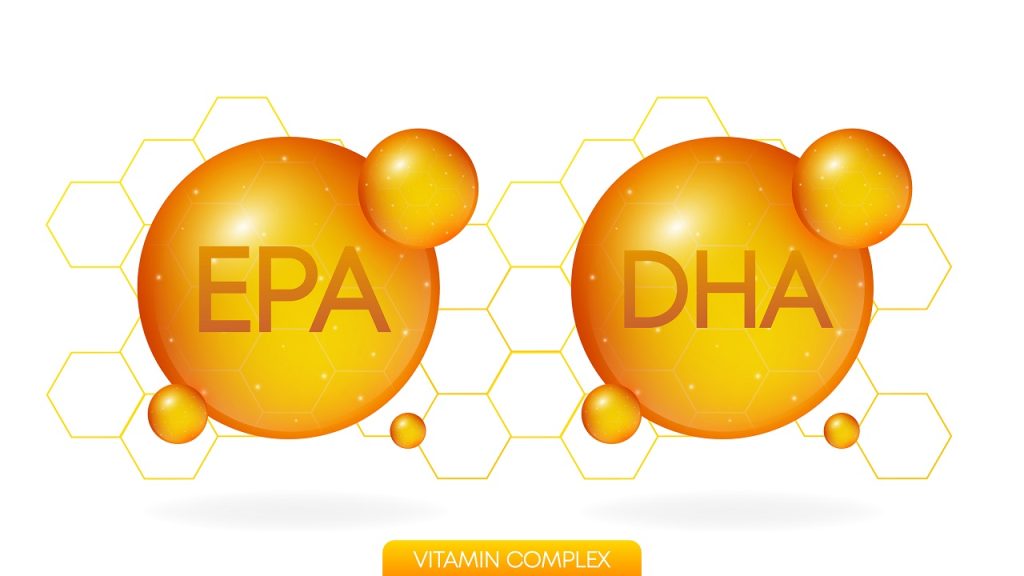Three types of fatty acids are found in Omega 3
- EPA(Eicosapentaenoic Acids)
- DHA(Docosahexaenoic Acids)
- ALA (Alpha-Linolenic Acid)
Both EPA and DHA are considered highly significant from a dietary perspective.
While ALA can be derived from several commonly eaten plant sources, the human body cannot obtain EPA and DHA from plants. Therefore, we must bank upon marine fish, seafood, and fish oil to obtain and maintain these fatty acids in the required quantity through our diet.
Even though the human body can convert some of the ALA into DHA and EPA, this is a limited process, and the quantity is not enough to meet the body’s requirements. Therefore, we must get them from the foods we eat.
Both EPA and DHA can be obtained from fatty fish, seafood, and fish oil. Marine algae are said to be the richest source of EPA and DHA, which in turn is consumed by marine fish, making them an excellent source for human consumption.
However, consuming fish daily or even three to four times a week is not practically possible for most people. That is why most people depend upon TrueBasics Omega 3 dietary supplements and fish oil capsules to meet their required amounts of these fatty acids.
What makes the EPA and DHA so important for the body that they must be consumed daily?
Well, EPA has been scientifically proven to reduce inflammation in the body and is found effective against certain medical conditions, especially depression. It also offers cardiovascular benefits and affects the clotting of blood in the body. On the other hand, DHA forms the structural component in cell membranes in the brain and eyes. It positively impacts nerve signalling in the brain and the visual quality of the eyes.

DHA is also crucial for the overall development of the nervous system, and its deficiency is known to affect cognitive development and vision. It is also very helpful during pregnancy as it strengthens brain function and helps meet the fetus’s developmental milestones. Breast milk contains significant amounts of DHA, depending on the mother’s intake, and is therefore highly nourishing for the infant, ensuring normal cognitive growth during the first two years after birth.













